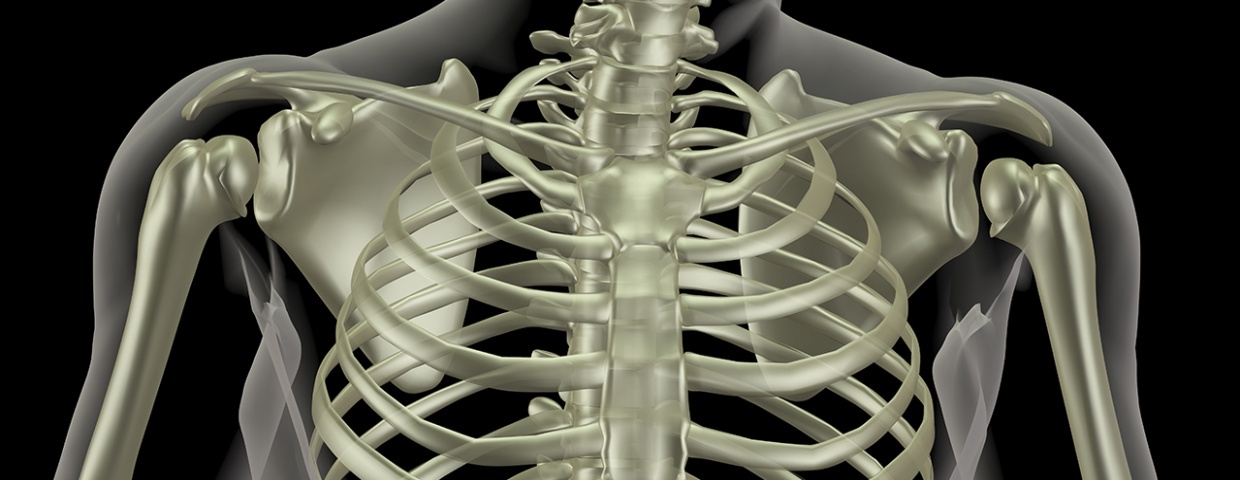Rib fractures are surprisingly common. Just like with every other bone, ribs can be fractured in multiple different ways, and the specifics are crucial in deciding treatment and care. Rib fractures can be uncomplicated, which means that the bone is broken in only one location, or complicated, which means that the ribs are broken in multiple locations or are extremely unstable.
Because of the location and huge responsibility of the ribs themselves, even an uncomplicated rib fracture could lead to serious complications; internal chest bleeding, lung collapse, fluid accumulation, and countless other medical issues can arise. As a result, there are a few important things to consider when you have a fractured rib.
What to Know About Fractured Ribs
So, what needs to be on your mind if you fracture a rib? Here's a quick look!










